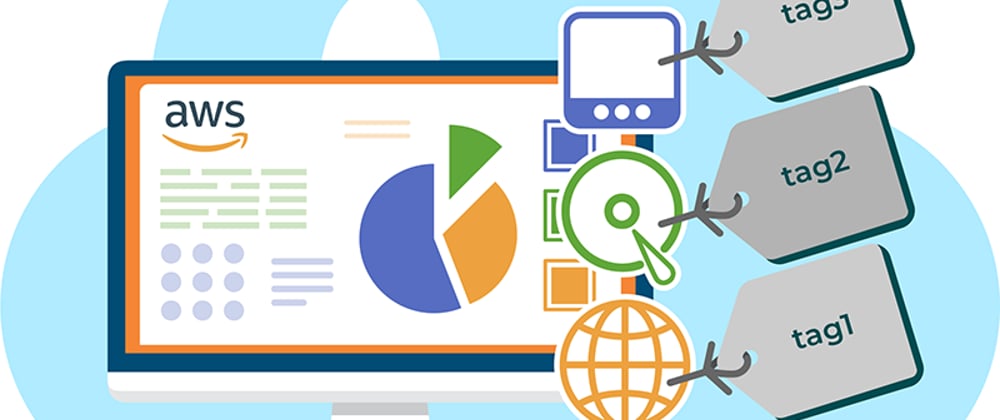If you are just getting started with cloud migration, there are a few basic things you can do to monitor and manage your cloud costs. If you use AWS, for example, you can set Budget alerts, use Trusted Advisor for cost optimization advice, AWS Cost Explorer, and so on. These are simple tasks that take little effort but can help you get insights into your cloud cost.
Organizations tend to purchase expensive third-party tools to help them manage their Cloud costs. These tools have there place and do provide benefits. However, cloud-native tools (the ones mentioned above) and a little Excel magic may provide you with more than enough information to help you monitor and control your cloud spending. To utilize their capabilities, you must have strong resource tagging standards in place. If you want to go Third-party tools path, they can also benefit from from the right resource tagging standards.
If you aren't sure where to begin with the tagging standard, the post details some of the tags you can use to get you started. The post is mainly focused on AWS but the standard outlined will also apply to other Cloud providers.
AWS tagging standards outline how tags should be used to identify and categories AWS resources. These standards help to ensure that tags are applied uniformly across AWS resources, making resource management and tracking easier. Tagging is a useful strategy to apply when it comes to tracking your cloud cost consumption.
Tags should be used only for the most important metadata. Rather than making all tags essential, define optional tags that explicitly state how your teams should implement them if they so desire.
Environment tag - Help determine cost differences among development, test/staging, and production.
Application/Service tag - Identifies the primary services the resource belongs to,allowing the organization to differentiate costs among the services that teams are running.
Cluster tag - Identify resource farms that share a common configuration and perform a specific function for an application. This can be an optional tag.
Application-Role tag - Help identify the primary role of the resource.
Name tag - Identify the resource using a friendlier identifier than the one given to you by your cloud services provider.
Business unit/Cost-Center tag - Defines where the costs of the resource should be allocated within your organization. This will allow for correct cost allocation within your billing data.
Resource Owner/Support Owner tag - Help identify the individual/team responsible for the resource.
Some optional tags you may consider defining and not necessarily related to cost optimization include:
Compliance tag - An identifier for workloads that must adhere to specific compliance requirements Identify the type of data contained on the resource and whether it needs to adhere to specific compliance requirement such as PCI DSS compliant.
Confidentiality tag - Identify the amount of scrutiny that needs to be applied to the security level of the resource.
Automation tag - Used to select particular versions of resources to archive, update, or remove, as well as to opt in or out of automated actions.
I hope this post has given you a basic knowledge of why tagging is important, as well as some simple tags that you may start using to aid you on your cost optimization journey.
Thanks for reading!
If you enjoyed this article feel free to share it on social media 🙂
Say Hello on: Linkedin | Twitter | Polywork
Github: hseera








Latest comments (1)
Very useful information. In my organisation follow similar approach.